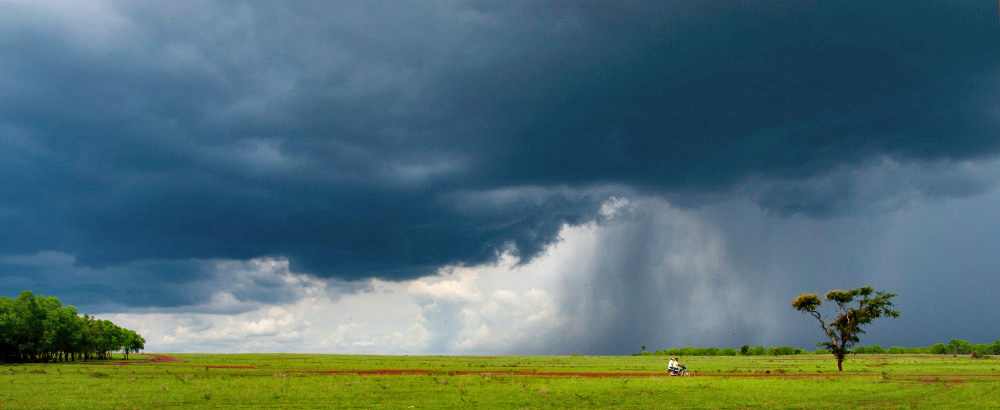Nilgiri Pipit (Anthus nilghiriensis) is a species endemic to the high-altitude grasslands of the Western Ghats and threatened by habitat loss. They feed largely on seeds and insects. They nest in the grass and their clutch size consists of 2-3 brown speckled eggs. Recently, while walking in a patch of grasslands being revived at Anamudi Shola in Kerala, we saw the bird, a sign that the rewilding is bearing fruit!
In 2019, a forest fire destroyed the invasive … Read More



 CI is a non-profit, non-commercial portal that aims to facilitate wildlife and nature conservation by providing reliable information and the tools needed to campaign effectively.
CI is a non-profit, non-commercial portal that aims to facilitate wildlife and nature conservation by providing reliable information and the tools needed to campaign effectively.


